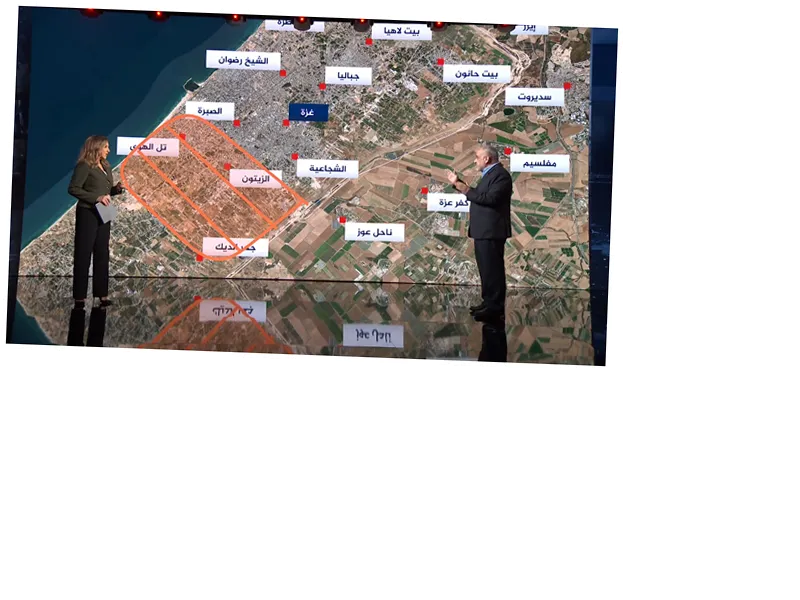The IDF's operations in northern Gaza reflect a shift towards a more sustained military strategy aimed at long-term control and stability in the region.
Hamas's adaptive tactics demonstrate the challenges faced by the IDF, indicating a potential escalation in military confrontation.
The humanitarian impact of the Israeli military's actions in Jabalia raises significant concerns, as residents continue to suffer amidst ongoing conflict.
If the IDF's operations continue for the projected six months, the humanitarian situation in Jabalia may worsen, leading to increased international scrutiny and potential diplomatic interventions.
Hamas may further adapt its tactics in response to Israeli strategies, potentially prolonging the conflict and increasing casualties on both sides.
The establishment of a permanent Israeli military presence in northern Gaza could lead to a new phase of the Israeli-Palestinian conflict, with long-term implications for regional stability.
Israeli Military Strategy in Northern Gaza
Recent reports from Yedioth Ahronoth reveal that the Israeli Defense Forces (IDF) have commenced a modified version of the 'generals' plan' in northern Gaza, specifically targeting the Jabalia area. Military analyst Yoav Zeitoun indicates that this operation aims to divide the Gaza Strip and could take up to six months to fully implement. The plan, originally proposed by retired Major General Giora Eiland, seeks to isolate Jabalia from the rest of northern Gaza, despite ongoing American pressure for humanitarian access.
The IDF has reportedly fortified its positions in Jabalia, a known stronghold of Hamas, using advanced technology such as facial recognition to monitor civilian movements. This approach is part of a broader strategy to undermine Hamas's military capabilities and restrict its operational freedom. Zeitoun highlights that the IDF's tactics include a 'partial siege' of Jabalia, leading to severe humanitarian conditions for its residents, who are reportedly facing famine.
Hamas's Defensive Tactics and Challenges for the IDF
As the IDF intensifies its operations in Jabalia, Hamas has adapted its defensive strategies. According to Zeitoun, Hamas fighters have employed primitive explosives and mines to create traps for Israeli soldiers, posing significant risks during ground operations. These mines, lacking advanced technology, are hidden in various locations, complicating the IDF's efforts to navigate the area safely.
The report also notes that while the IDF has found several combat tunnels used by Hamas, these tunnels remain a critical challenge for Israeli forces. Hamas's ability to modify its tactics, including ambushes and the strategic placement of explosives, underscores the evolving nature of the conflict. Recent incidents have shown that Hamas is effectively countering Israeli tactics, indicating a potentially protracted engagement.
Long-Term Military Presence and Strategic Goals
The Israeli military's operations in northern Gaza are not only aimed at immediate tactical advantages but also at establishing a long-term presence in the region. Military sources suggest that the IDF's goal is to prevent Hamas from reestablishing its military infrastructure, thereby ensuring stability in adjacent areas, including Israeli settlements. This strategic focus on Jabalia signifies the importance of the area in the broader context of the Israeli-Palestinian conflict, highlighting the ongoing complexities and humanitarian implications of military actions in the region.





